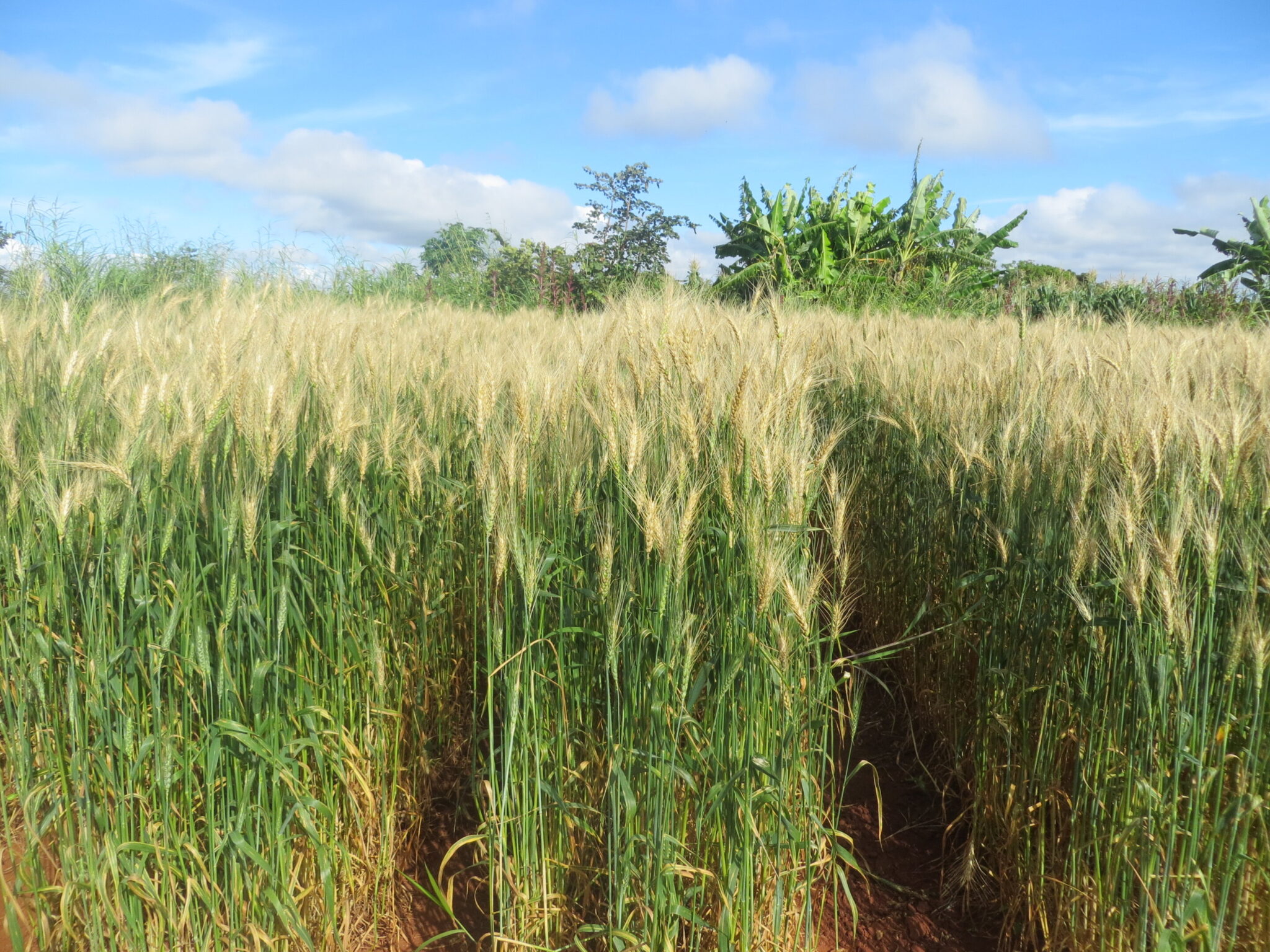Brain evolution in the Heliconius butterfly is linked to their specific feeding preferences and foraging behaviors.
By Ella Houlihan
Close your eyes and picture your route to the grocery store. As you visualize the curves of the road and the street signs you pass, you are using the region of your brain called the hippocampus. As you navigate, you are tracing paths between neurons in your brain, mapping memories called engrams. The more times a day you do this, the more connections you make and the stronger your visual memory will be.
When butterflies go out for food, this same process is happening in their own brains in a specialized structure called the mushroom body. While humans boast an estimated 86 billion neurons, butterflies make good use of their 200,000. One species of butterfly, the Heliconius of Central and South America, is particularly good at navigating to their favorite food sources. Not only are they outstanding for their ability to remember visual markings in their environment, but their food preferences set them apart from all other closely related species. While most butterflies eat pollen at birth before maturing into a nectar-based diet, Heliconius butterflies continue to eat pollen throughout their lives.
RELATED: Read about 42 North American Butterflies
In a new study out of the University of Bristol, biologists found that the evolution of the foraging and feeding behaviors of this butterfly are directly linked with a significant growth and specialization of the mushroom body brain centers. Directly observing the impact of behavior on brain evolution is always a challenge, so these findings are an exciting first step towards understanding more about the ways our actions can change our minds.
With butterfly brain evolution, bigger means better
In this study, scientists saw how picky pollen eaters gained competitive advantages such as larger brains and a longer reproductive lifespan.
Butterflies typically only consume pollen grains in childhood, when they need the extra nutrients to help bulk up for metamorphosis. However, the Heliconius have evolved to continue feasting on pollen grains their entire lives. This means they have more nutrients than their peers who feed on just nectar. Specifically, pollen is high in amino acids, the chemical building blocks for proteins. With more amino acids present, bugs—and people!—can more readily keep brain cells healthy and able to grow.
Researchers at the Smithsonian Tropical Research Institute compared the mushroom body size and behaviors of a tribe of 41 Heliconiini butterfly species. They found that Heliconius mushroom bodies were twice as large as those of their nearest ancestor, the Eueides, and four times as large as their second closest relative, the Dryadula phaetusa. By creating 3D digital models of all the Heliconiini brains, the researchers confirmed they were indeed looking at mushroom body size, and not a decrease in other brain regions.
This divide began around 25 million years ago, and this brain evolution can be attributed to a large difference in the number of neurons called Kenyon cells. With more Kenyon cells, brain volume increased along with Heliconius butterflies’ ability to encode memories and find better food.
Evolution occurs when individuals in a population live long enough to pass on new genes to their offspring. The fact that increased mushroom body size led to a longer time frame where Heliconius were able to reproduce means that, over time, populations of Heliconius favored these large mushroom bodies.
Larger visual brain centers allow for stronger memory in Heliconius
Butterfly mushroom bodies are typically composed of a visual and an audio region. Scientists were able to identify that, across all brains studied, the areas involved with vision showed the largest growth in brain evolution.
In order to satisfy their picky palate, Heliconius hunt for food by visiting the same bushes each day. This type of foraging, called trap-lining, means that the butterflies need to use landmarks and visual cues to create specialized memories for navigation. To explore how this behavior impacts learning and memory, researchers set up a memory game between Heliconius and their relative Dryas iulia. Using food rewards, the researchers trained the butterflies to learn that mixed purple and yellow flowers were better to eat than monochrome flowers. After being taught this preference once, the researchers had the butterflies eat from plain white flowers for a week. After 8 days, the Heliconius still remembered to choose the colorful mixed flowers. This indicates that they can encode memories for much longer than similar species. Further experiments showed Heliconius were better at pattern recognition and visual discrimination in addition to memory tasks.
RELATED: Pollinators Attracted by Hidden Patterns in Petals
We have seen similar results in human beings who spend their days completing visual and spatial awareness tasks, such as taxi drivers who show an increase in brain size after learning multiple routes around the city. So, the next time you drive to the supermarket or meander towards your favorite café, think about all the ways humans and our insect counterparts may be experiencing brain evolution. Especially as the impacts of climate change and human development reduce food sources for butterflies and humans, it is critical we remember the importance of finding fresh, nutrient-rich food.
This study was published in the peer-reviewed journal Nature Communications.
RELATED: How do butterflies get blue wings? Read How Nature Creates the Color Blue
References
Couto, A., Young, F. J., Atzeni, D, . . . Montgomery, S. H. (2023). Rapid expansion and visual specialisation of learning and memory centres in the brains of Heliconiini butterflies. Nature Communications 14, 4024. https://doi.org/10.1038/s41467-023-39618-8
Johns Hopkins Medicine. (2021, May 14). Fruit flies and mosquitos are ‘brainier’ than most people suspect, say scientists who counted the bugs’ brain cells. https://www.hopkinsmedicine.org/news/newsroom/news-releases/fruit-flies-and-mosquitos-are-brainier-than-most-people-suspect-say-scientists-who-counted-the-bugs-brain-cells
Woollett, K., & Maguire, E. A. (2011). Acquiring “the knowledge” of London’s layout drives structural brain changes. Current Biology 21(24), 2109–14. DOI: 10.1016/j.cub.2011.11.018

About the Author
Ella Houlihan is an educator currently based in Buenos Aires, Argentina. They are on a mission to increase science literacy to help people of all ages understand themselves and the world around them in order to lead dignified and healthful lives. They have a background in neuroscience and are passionate about inclusive education and healthcare. In their free time, Ella can be found in the boxing gym, on a mountainside, or growing herbs on their windowsill.




